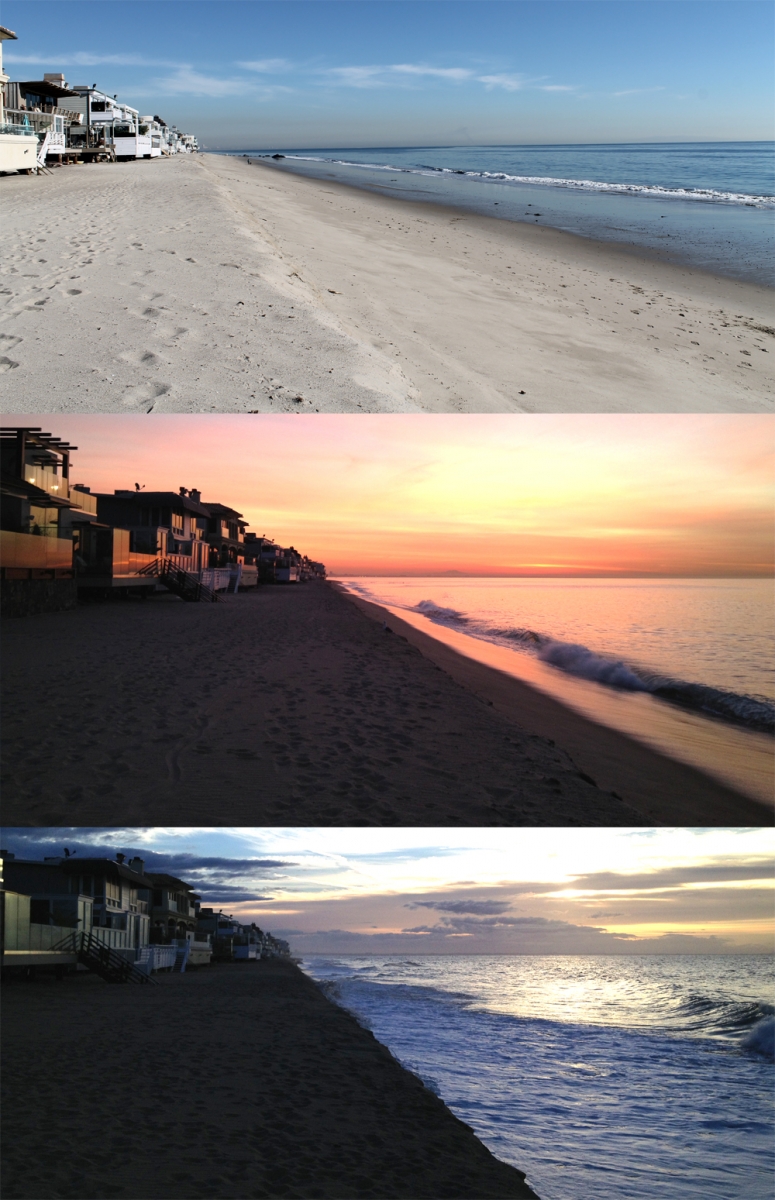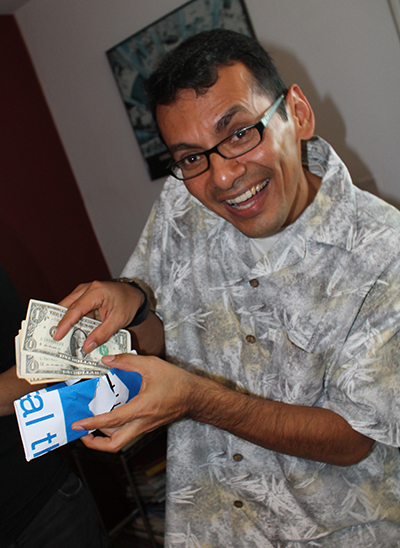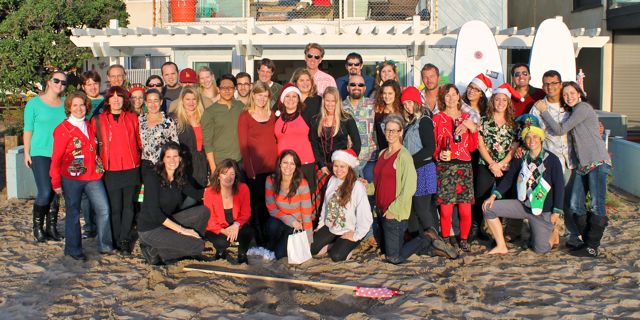The Santa Monica Pier Aquarium and I reached an important milestone with the beginning of 2013 — we’re celebrating 10 years with Heal the Bay. When UCLA handed over the keys to this hidden gem beneath the Pier on March 1, 2003, I came with the building, along with scores of fish, invertebrates and other marine life ̶ and three other “holdover” staff members.
After months of uncertainty following UCLA’s announcement, it could no longer afford to operate the Aquarium as the Ocean Discovery Center. It was a relief to know this little Aquarium beneath the Pier I’d come to love and feel such a part of would continue to exist. And not only would it exist, but it could become a showcase for all that Heal the Bay had accomplished in its 16 years of improving water quality in the Santa Monica Bay — and aspire to inspire thousands of visitors to become stewards of the ocean.
More than half a million visitors later, the Aquarium continues to evolve, introducing new exhibits, new animals and constantly flushing out new spaces for exhibitory and education within the confines of our 4,800-square-foot building.
So now, we celebrate! The 10-year theme will run throughout the year, with the month of March being the official birthday month (yes, there will be cake) and a fun-filled weekend beginning Friday, March 1, continuing through March 3 is in the planning stages. Stay tuned for details of 10th Anniversary activities, contests and special limited edition deals.
And expect to find nine more blogs in the weeks to come, touching on Aquarium highlights of the past 10 years and looking to plans for the future.
̶ Randi Parent, Heal the Bay’s Santa Monica Pier Aquarium Outreach Manager
If you haven’t already, come experience the natural beauties of the Santa Monica Bay at our Aquarium, located on the Santa Monica Pier, just below the carousel. Join us the first weekend of March to celebrate the Aquarium’s 10 year anniversary!






